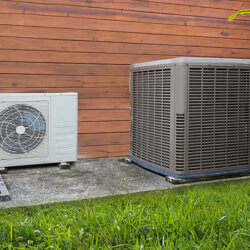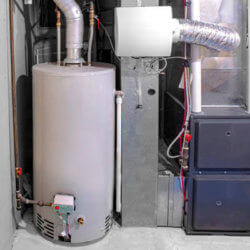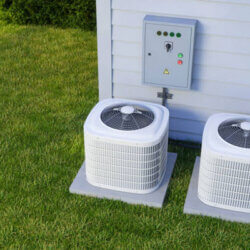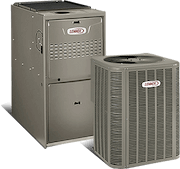One of the biggest heat pump myths or misunderstandings out there is that a heat pump is not sufficient to warm your entire home, or that they work less effectively than a traditional furnace. What this view does not consider, though, is how heat pumps make up for the lower overall power through supplementary heating elements and finer control. The more you know about the different heating elements of heat pumps and how they work together to keep your home warm, the more efficiently and effectively you can use a heat pump as part of your heating & air conditioning system.
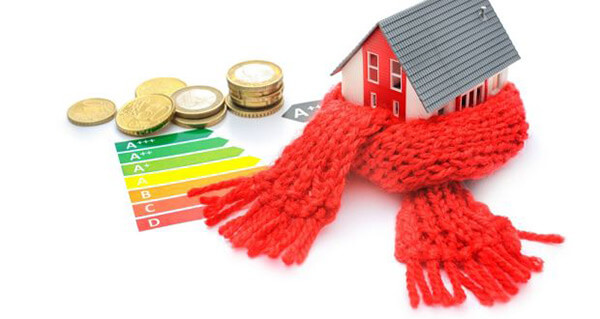
One Advantage of Heat Pumps
Unlike a furnace, which can only operate on a basic power scale, heat pumps give you three different types of heat that combine to keep your home warm. When it comes to heat pumps vs. furnaces, this means a heat pump can be just as effective at heating your home and it also means that a heat pump affords you more flexibility and precision when it comes to setting temperatures. These heat types also help a heat pump achieve better results overall, making up for the heat pump’s inability to deal with very cold weather easily.
So, what are the three types of heat that heat pumps use?
- First is pumped heat, which is the air that heat pumps pull in from outside air and force through your vents, much like a furnace. This is the main way in which a heat pump keeps your home warm.
- Then, you have a backup or supplementary heat source, which usually uses electrical heating strips or other heating elements. This exists to boost pump function and to keep your home warm when temperatures are too low for effective heat transfer outside.
- Finally, there is an emergency heat mode that allows heat pumps to use only the supplemental power source, an important failsafe when something is wrong with the pumping mechanisms needed for pumped heat.
When to Use Which Setting
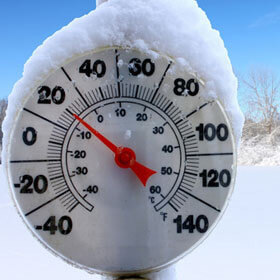
In most cases, you will be using the pumped heat from your unit, which is the main way in which heat pumps warm a home. On an especially cold day, the backup heat from your supplemental heat source should come on automatically, but you may have to activate it manually. This extra heat will help your home maintain its target temperature without wearing out your heat pump or burning through too much energy.
Alternatively, in mild weather, you might opt for only the supplemental heat to keep things warm after you use the main heating process to reach a certain base temperature. This is a great way to save on energy costs.
Finally, you should only see your heat pump in emergency mode when it is very cold out or something is wrong with your heating & air conditioning system. If this happens, get in touch with your HVAC service team right away.
Learn More About Heat Pumps
For more information about heat pumps, feel free to give us a call at Galmiche & Sons. We have been serving St. Louis’ heating & air conditioning needs for over 60 years, and look forward to helping your family stay warm during the cold fall and winter seasons!



